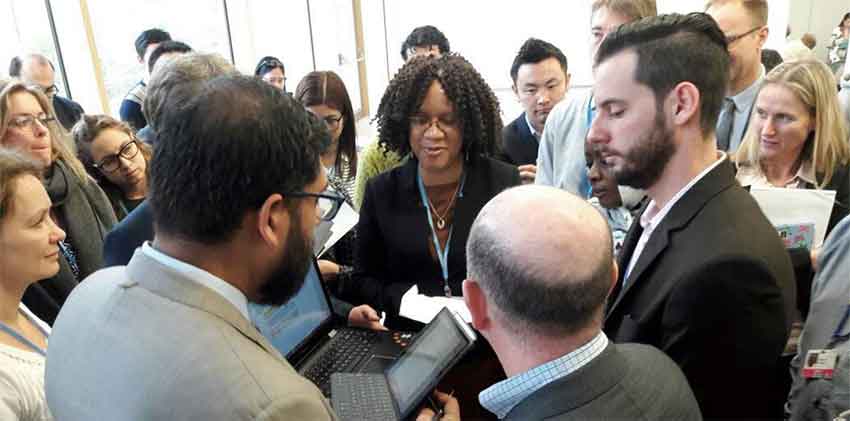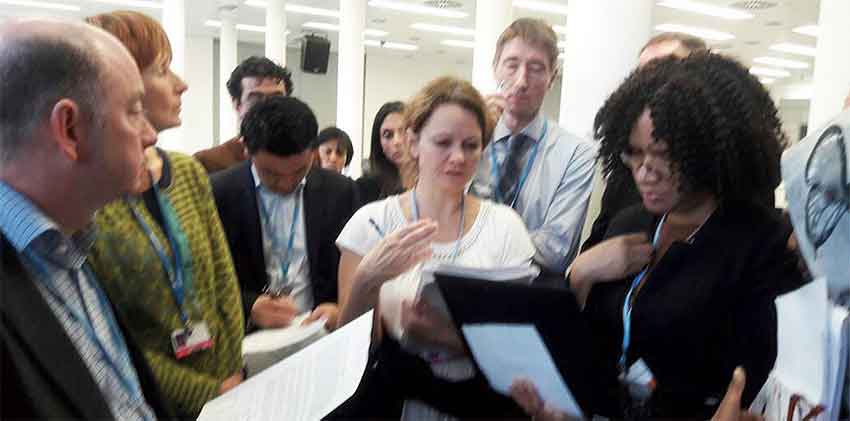LOSS and damage is perhaps one of the most contentious issues negotiated in the climate change talks. Loss and damage is what results when global mitigation efforts (greenhouse gas emission cuts) are not enough to reduce the adverse impacts of climate change, and available adaptation measures are not viable options for addressing the magnitude of the impacts being experienced.

The 23rd conference of the parties (COP 23), having noted the concerns raised by parties on the increasing frequency and severity of climate-related disasters that have affected many countries, including heatwaves, drought, floods, tropical cyclones, dust storms and other extreme weather events, as well as the increasing impacts associated with slow onset events, and the urgent need to avert, minimize and address these impacts,agreed to:
1. A five-year rolling work-plan comprising 5 work-streams, including provisions for strengthening:
a. Slow onset events, such as sea level rise and ocean acidification;
b. Comprehensive risk management, including risk assessment and transfer;
c. Non-economic losses, such as loss of land, culture, identity, life;
d. Human mobility, including displacement, migration and planned relocation (recall Barbuda); and
e. Action and support, where support refers to finance, technology and capacity building.
2. A one-off (April-May 2018) expert dialogue (Suva expert dialogue) focussed on action and support for loss and damage to further strengthen work to be undertaken on sources and modalities of finance; this means that further to the work of the Executive Committee throughout the year (inter-sessionally, with meetings at least twice a year) and scheduled loss and damage events arising from decisions of COP 22; there will be no gap in loss and damage receiving focussed attention in April/May/June sessions and at each COP, right up to the 2019 review of the Warsaw International Mechanism for loss and Damage (WIM) that is expected to lead to recommendations for strengthening it;
3. A window/conduit for establishing an expert group on action and support in the future; such an expert group is important in facilitating focussed work on the action and support work-stream through the use of experts that will extend the reach of the executive committee beyond its 20 members;

4. Provisions on mobilization of support, including a call to parties to make resources available for the work of the Executive Committee and its 5-year rolling work-plan, including its expert groups call to relevant organisations, to mobilize resources and tools to avert, minimise and address loss and damage; mobilization of funding could be through a wide variety of instruments, channels and partnerships that could come in the form of supplementary payments to the UNFCCC Trust Funds or through bilateral funding of specific activities or work-streams, in line with the five-year rolling work-plan.
5. A provision on the development and dissemination at all levels, through collaboration and partnerships, of user-friendly information and communication products on averting, minimizing and addressing loss and damage issues of relevance to the regional and national context (e.g. addressing loss and damage associated with hurricanes or sea level rise for island nations);
6. Guidance to the Executive Committee to enhance efforts to ensure that information generated from its work is converted into user-friendly products, such as tools and methods, and material for training modules, with a view to enhancing the coherence and effectiveness of relevant efforts undertaken at the regional and national levels;
7. The already-established task force on displacement to take into consideration of both cross-border and internal displacement;
8. The research community to strengthen cooperation and collaboration, including through partnerships, with the executive committee and for research institutions and organizations to share data and key findings on slow onset events.
9. When updating the five-year rolling work-plan, to consider cross-cutting issues and current, urgent and emerging needs related to extreme weather events and slow onset events.
We look forward to a clear window under the Green Climate Fund (part of the Financial Mechanism of the Paris Agreement) to access finance for averting, minimizing and addressing loss and damage.











